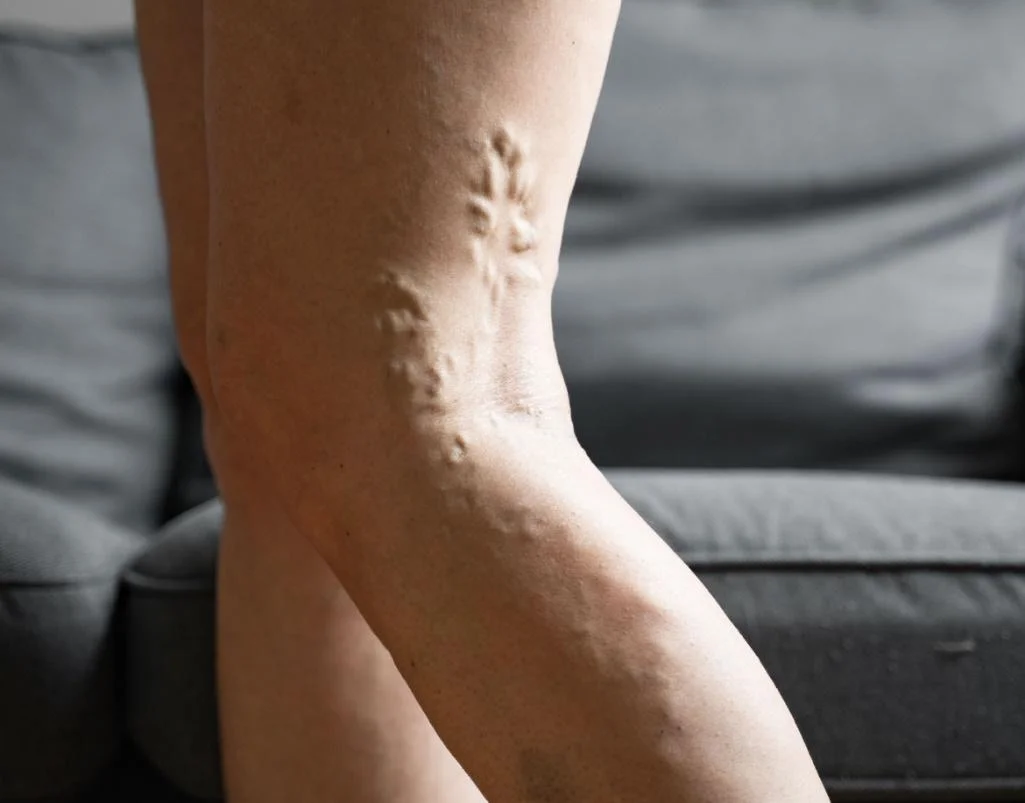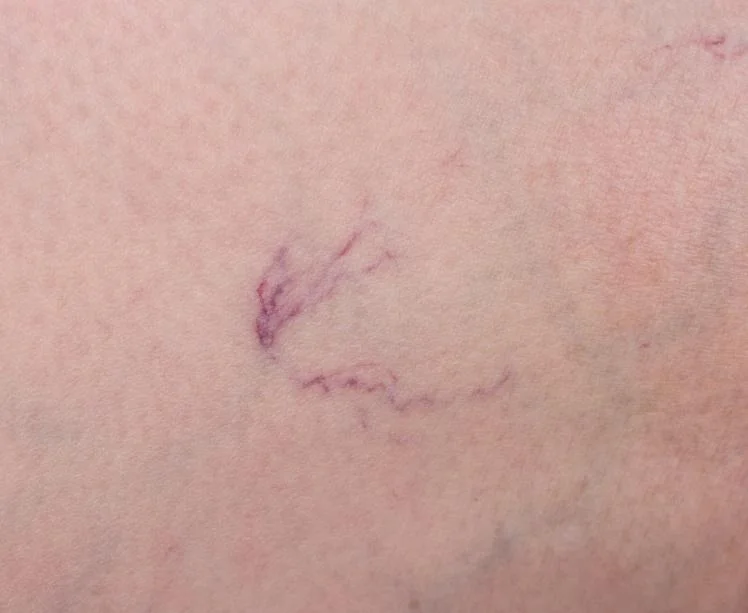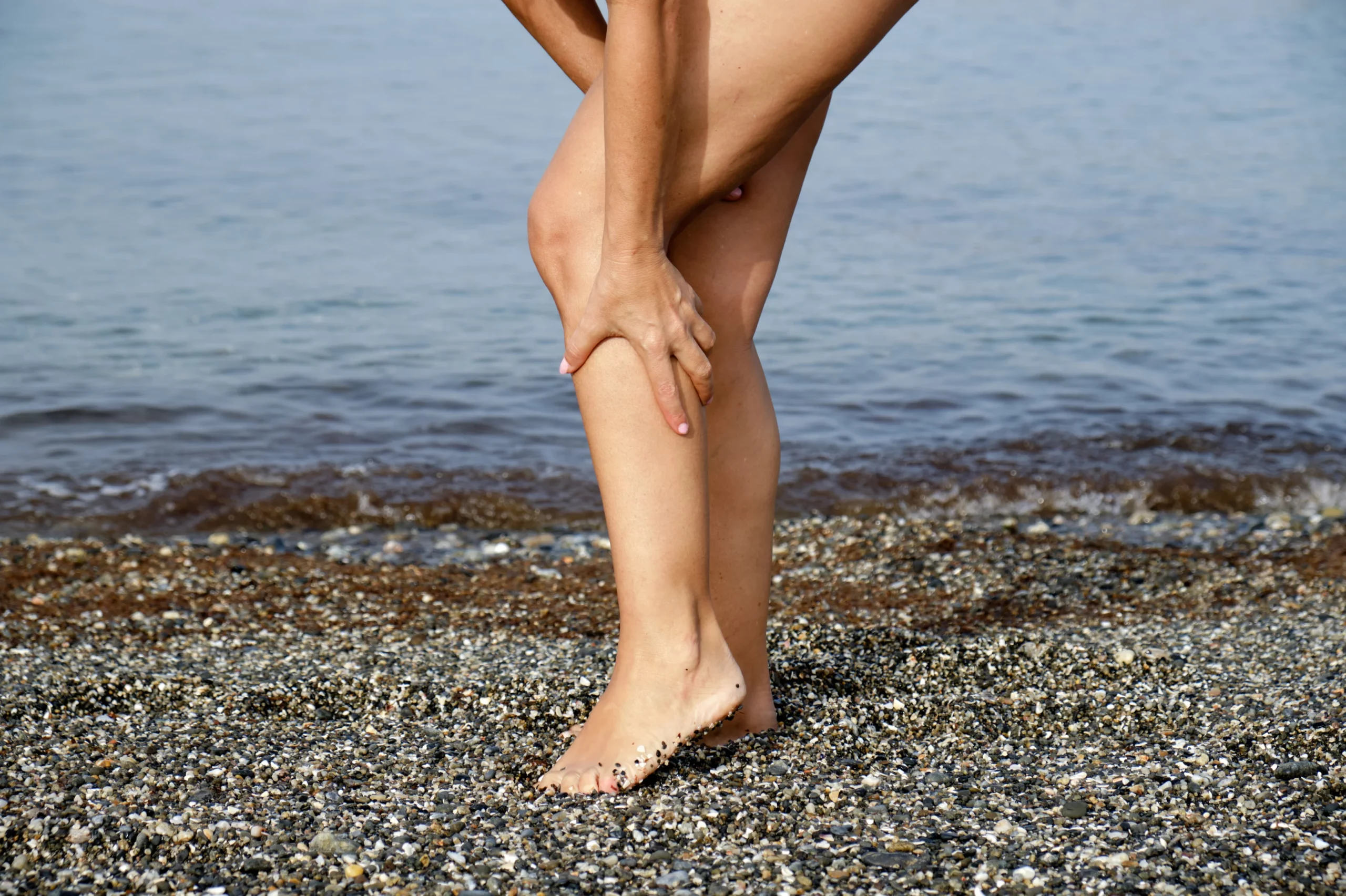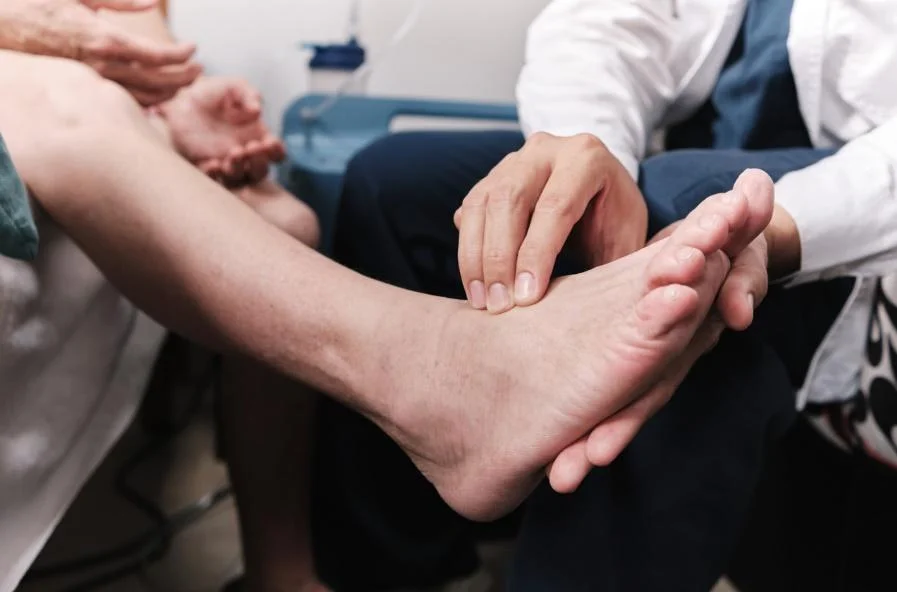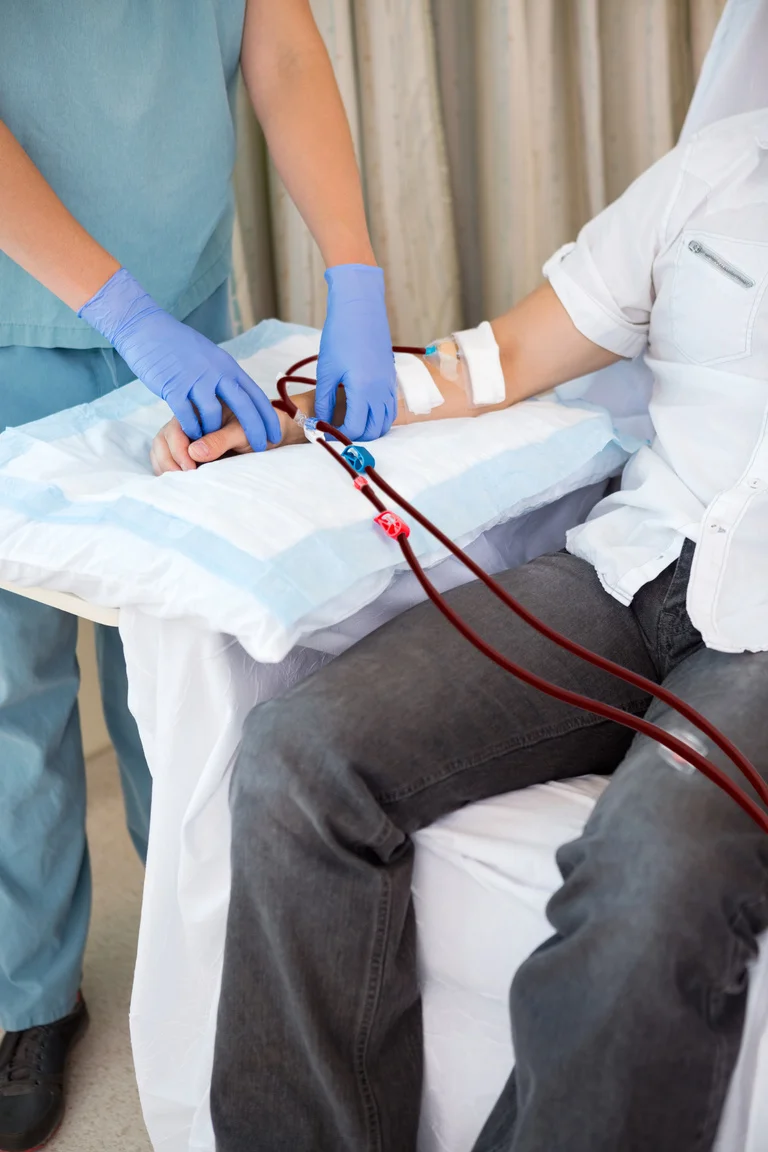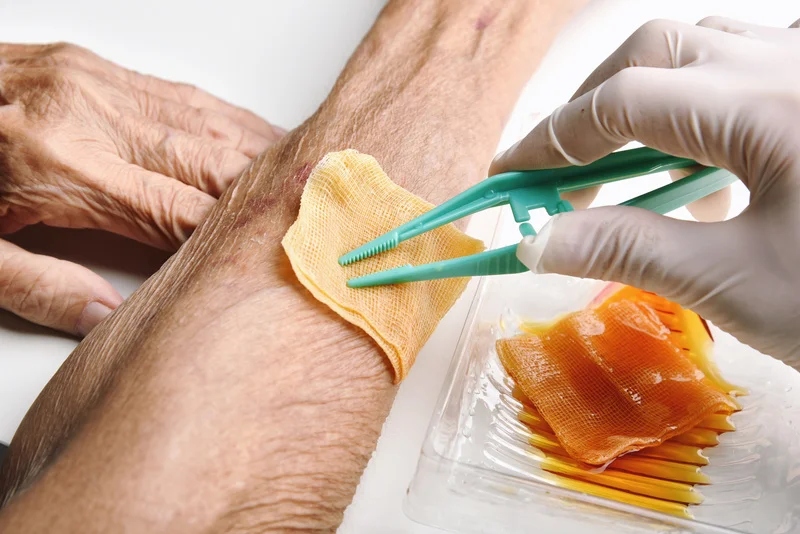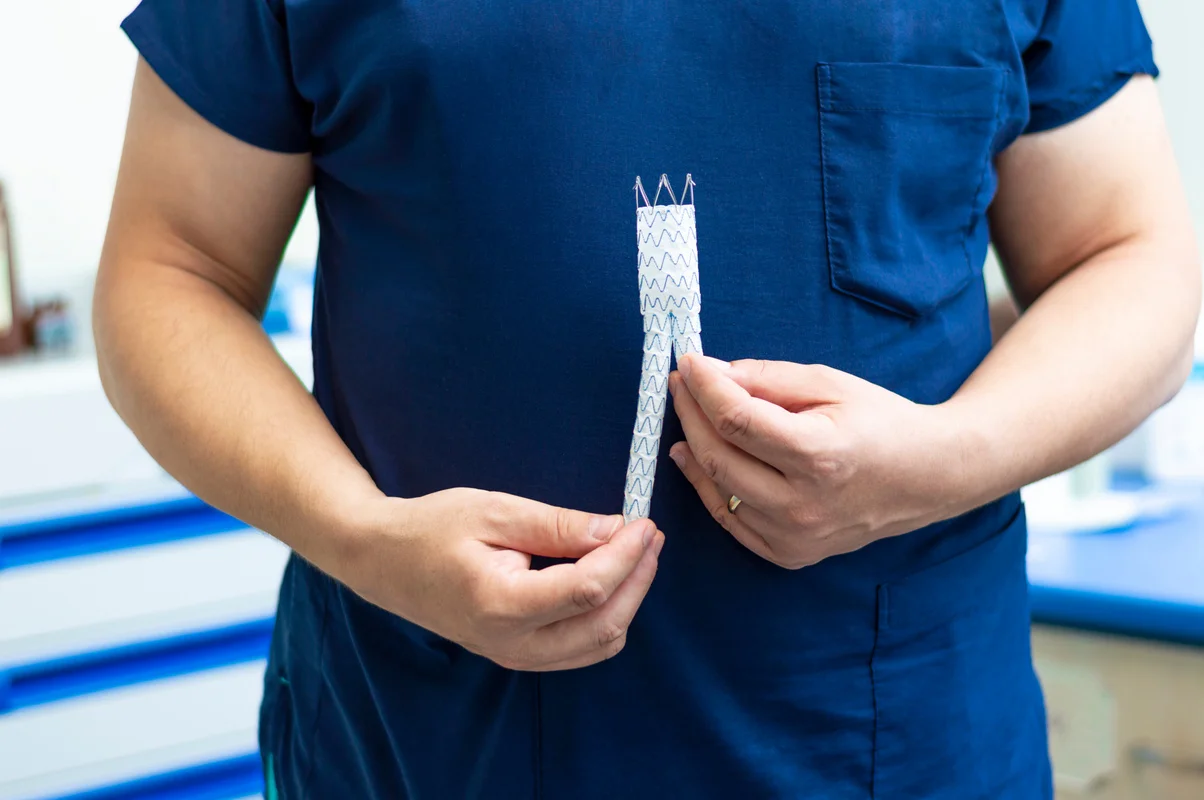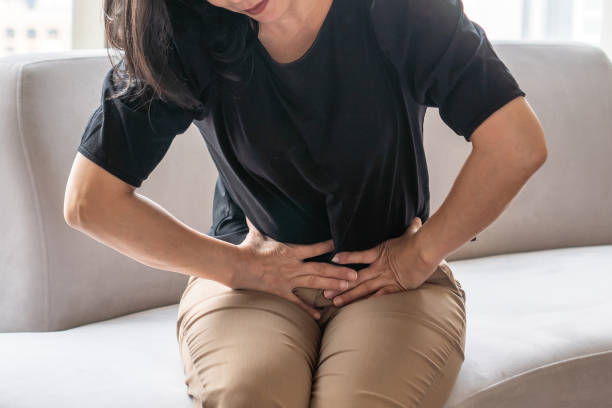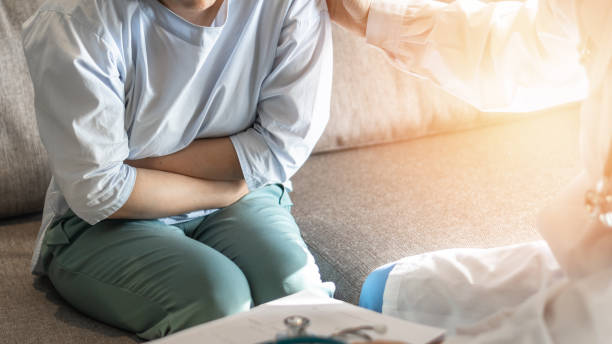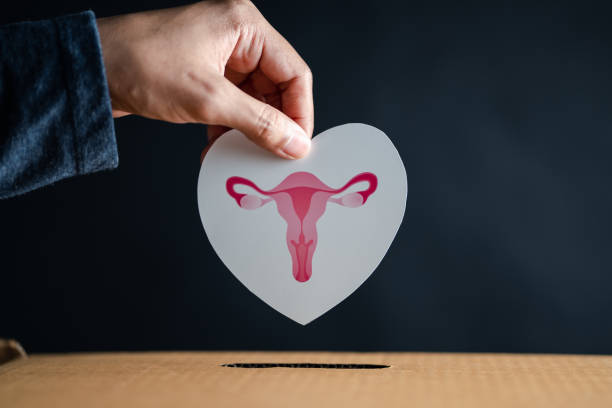Varicose vein surgery has come a long way in recent years. Thanks to minimally invasive techniques like Radiofrequency Ablation (RFA), ClariVein, and VenaSeal, recovery is now faster, more comfortable, and requires little to no downtime. But how long does it really take to heal from vein treatment? And what can you expect during the recovery process?
Let’s break it down.

Varicose Vein Surgery Recovery Time: What to Expect
Recovery time depends on the type of procedure performed. Most modern treatments are walk-in, walk-out procedures — meaning you can go home the same day. However, some patients may choose to stay overnight for post-op monitoring, especially if they prefer additional observation or have multiple veins treated in a single session.
Here’s a general guide:
| Procedure | Recovery Timeline |
| Radiofrequency Ablation (RFA) | Minimal downtime. Back to normal activities in 1–2 days; full recovery in about 1 week. |
| ClariVein | Minimal discomfort. Most return to normal activities within 1-2 days. |
| VenaSeal™ Closure System | Minimal downtime. Most people resume normal activity in 1-2 days. |
| Phlebectomy (mini vein removal) | Bruising and tenderness may last 1–2 weeks, but you can walk immediately after the procedure. |
| Sclerotherapy (for smaller veins) | No real downtime, but some veins may take weeks (or longer, depending on your skin type) to fade completely. |
Most patients can walk immediately after treatment, and movement is encouraged to promote circulation and reduce the risk of complications.
Post Vein Surgery Care Tips
Good aftercare can speed up recovery and improve outcomes. Here’s what you can do to support healing:
- Wear compression stockings if advised — typically for 1 to 2 weeks after RFA or phlebectomy
- Keep moving — gentle walking helps reduce the risk of clots and supports circulation
- Avoid heavy lifting or intense workouts for at least a week
- Elevate your legs when sitting to reduce swelling
- Stay hydrated and avoid long periods of standing still
Some bruising, mild soreness, or tightness is normal and should improve within a week or two.

How Long to Heal from Vein Treatment Fully?
While you may feel back to normal within days, internal healing takes a little longer. The treated vein gradually closes and is reabsorbed by the body over time.
Here’s a general timeline:
- 1–2 days: Back on your feet and resuming light activity
- 1–2 weeks: Bruising and soreness settle; any tightness eases
- 4–6 weeks: Noticeable improvement in leg appearance and comfort
- 3 months+: Full results stabilise; follow-up scans may confirm vein closure
For sclerotherapy or cosmetic spider vein treatments, some veins may require repeat sessions, and fading can take several weeks.
When to Call Your Doctor
Modern vein treatments have a low risk of complications, but do reach out if you experience:
- Worsening pain, redness, or swelling
- Warmth or pus at the treatment site
- Trouble walking, chest discomfort, or shortness of breath (rare but serious)
Prompt review can ensure that any post-surgical issues are managed early.
Struggling with Varicose Veins?
Explore safe and effective treatment options with Dr. Darryl Lim.

Final Thoughts
Varicose vein surgery recovery time is typically fast — especially with minimally invasive options like RFA, ClariVein, and VenaSeal. Most patients are pleasantly surprised by how little downtime is involved and how quickly their legs feel lighter and more comfortable.
Dr Darryl Lim offers comprehensive vein treatments in Singapore, including ClariVein, RFA, and VenaSeal. If you’re exploring treatment options and want to better understand the recovery process, a consultation can help guide your decision with confidence.
FAQ
Can I walk after varicose vein surgery?
Yes — walking is encouraged right after the procedure to support healing and reduce thrombotic complications.
Do I need to take time off work?
Most people return to light or desk-based work in 1–2 days. Jobs with physical strain may require a few extra days.
Which treatment has the fastest recovery?
ClariVein and VenaSeal offer some of the quickest recoveries, often within 1-2 days, as they don’t use heat or require tumescent anaesthesia. That said, with today’s modern minimally invasive techniques, recovery times for most treatment modalities — including Radiofrequency Ablation — are quite similar, with many patients returning to normal activities within a few days.
Will there be scars?
Most modern procedures use tiny entry points and leave little to no scarring.
Can I stay overnight after the procedure?
Yes — while most patients go home the same day, some choose to stay overnight for observation or added comfort, especially after treating multiple veins on both legs.
